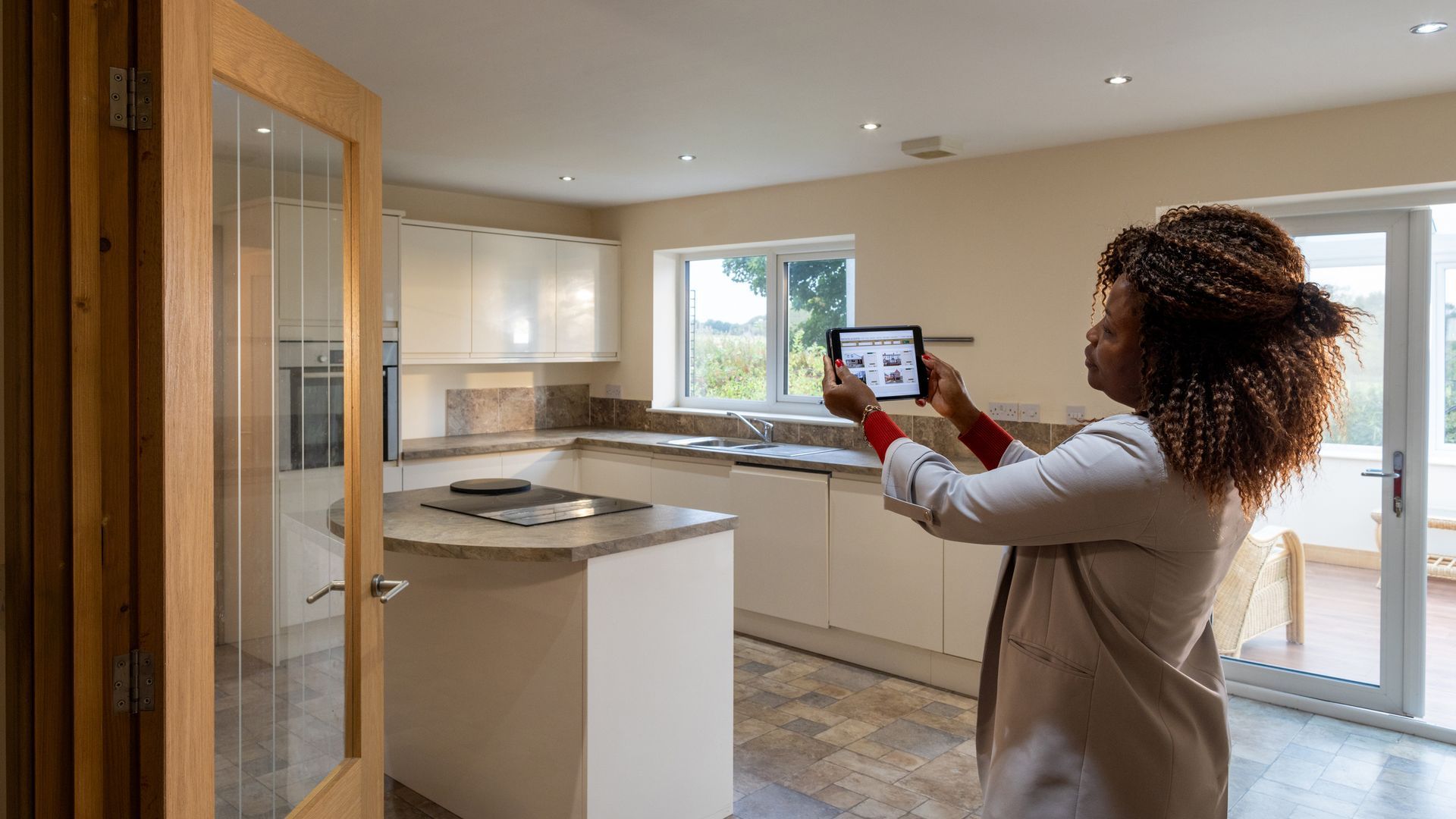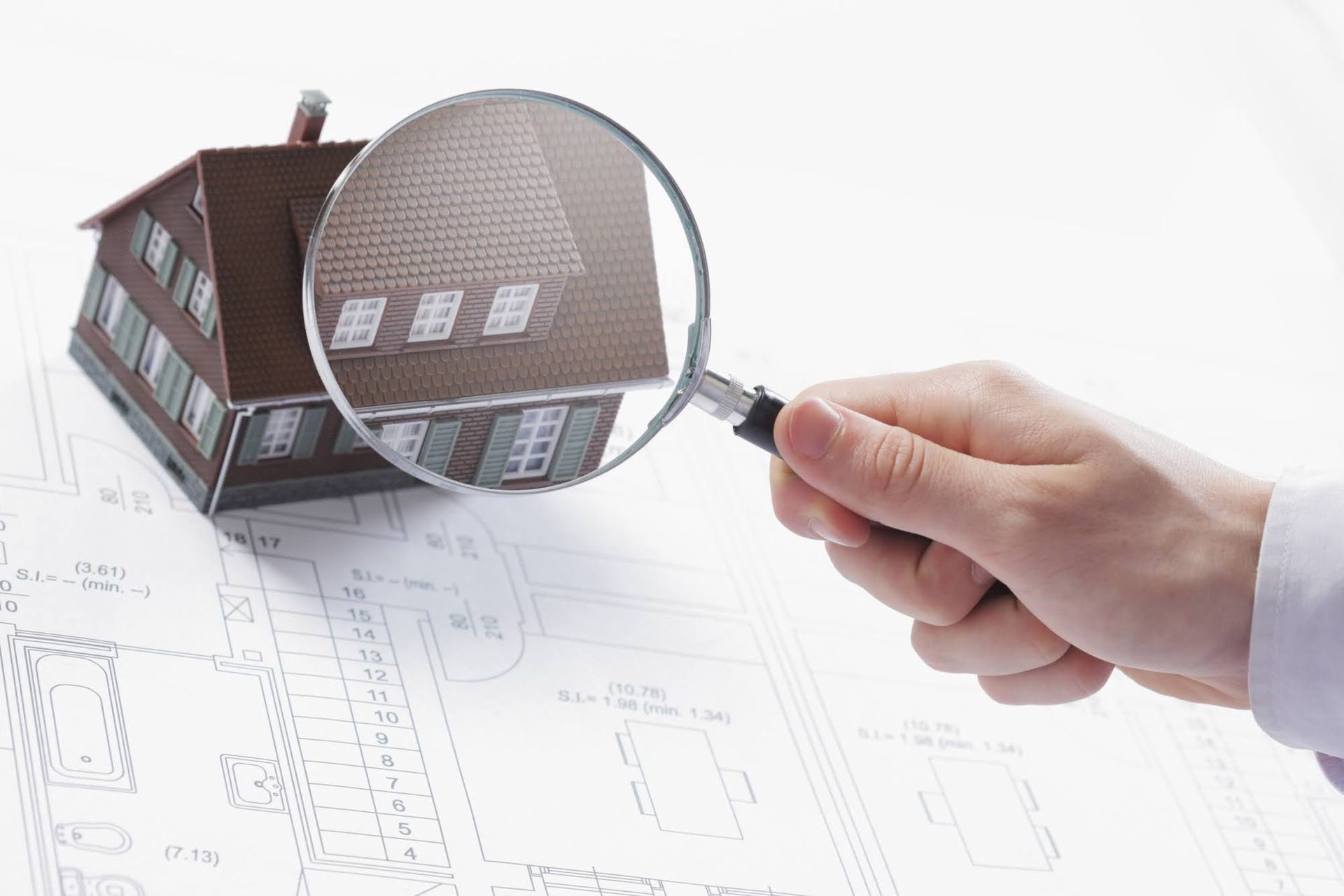The Home Appraisal Process: 6 Words You Should Know
admin admin • October 19, 2021

Whether you are buying, refinancing, or simply insuring a home or piece of property, a home appraisal is an important document in the process that you need to understand. Here are six key words and phrases that you should be familiar with before your next appraisal.
1. URAR URAR is the acronym for the Uniform Residential Appraisal Report. This is the most common form used by appraisers throughout the country. If you are buying a home, your mortgage company orders the appraisal and you receive a copy of the URAR with your closing paperwork, if not sooner.
If you are selling a property, you do not receive a copy of the appraisal. Your listing agent will, however, let you know if the property appraised at or above the agreed-upon price.
2. Comps Real estate agents and appraisers often say they are going to run the comps. What they are referring to is a comparable market analysis or CMA, which is often just shortened to comps. This is simply a list of houses that have sold in the area that are similar in size and age to your home. Comps are typically run for a six-month period.
In a fast-paced real estate market, however, using comps that are six months old could result in out-of-date results. Conversely, in a slower market, like a rural area, an appraiser may have to go expand their search area or extend the searchable time frame to get decent comparables to use in their appraisal due to lack of sales.
3. Adjustment When an appraiser has a good list of comps to work off from, they are not done with the appraisal but rather just getting started. Appraisers make adjustments to the list based on what your home does or does not have.
For example, if your home has an extra powder room that none of the comps have, the appraiser may add to the value of your home. If, however, it has one less garage parking space than the comps, they will deduct that from the value of your home. Appraisers continue to make adjustments until all the differences between your home and the comps are accounted for.
4. Sales Approach Using comps and adjustments to determine the value of a home is the primary way a value is determined in residential real estate. This is called the sales approach and is the most common method of determining the value of a home by both real estate agents and appraisers alike.
5. Cost Approach Another way to determine value is the cost approach. When using this method, an appraiser determines how much it would cost to rebuild the structure from the ground up, including the cost of the land, and uses that figure to determine the current value.
6. Drive-By Some appraisals are walk-throughs, meaning the appraiser enters the home and physically walks through it to best determine comps, adjustments, and, ultimately, the value of the home. Sometimes an appraiser only needs to do a "drive-by." This means what it says; the appraiser simply drives by the home and takes a picture.
Appraisers use the drive-by method in areas where the homes are very similar in age, size, and upgrades, like a subdivision of identical houses from ten years prior. Drive-bys can also help appraisers determine the home's condition as well as unseen negatives that would affect value, like a powerline or freeway in the backyard.
Understanding these key terms will help you have a better understanding of how the appraisal process works. If we can be of any assistance, please do not hesitate to give East Coast Appraisal Service a call.









